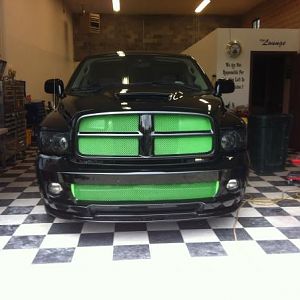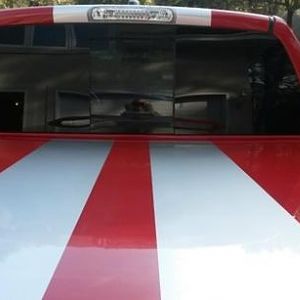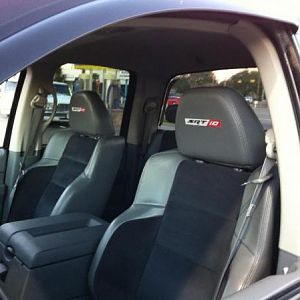pokeytemplar
Full Access Member
yellowfever#154 said:Your comment earlier about a supercharger vs a turbo with the same peak HP, that a supercharger gives a better average is true due to spool time. But who builds a turbo motor to run the 600hp the Roes are capable of? Us doing it are after 1000+.
Here you are doing a direct comparison to a Roe. There are twin screws out there capable of 8.3l/rev. So you could build a 10 with 30+psi of boost right from idle. The only reason a Twin screw isn't making 1000+HP is because no one has invested the time and money to do it(even though some are). Roe designed a system with a very specific goal in mind and I believe that he did an excellent job at. If his goal would have been "no traction...... ever" on a fully built engine I would assume he would have gotten a higher capacity TS to do just that. Please remember this is not a which is better battle. I am just trying to quantify the power required for the turbos to work. They are more efficient but by how much?





